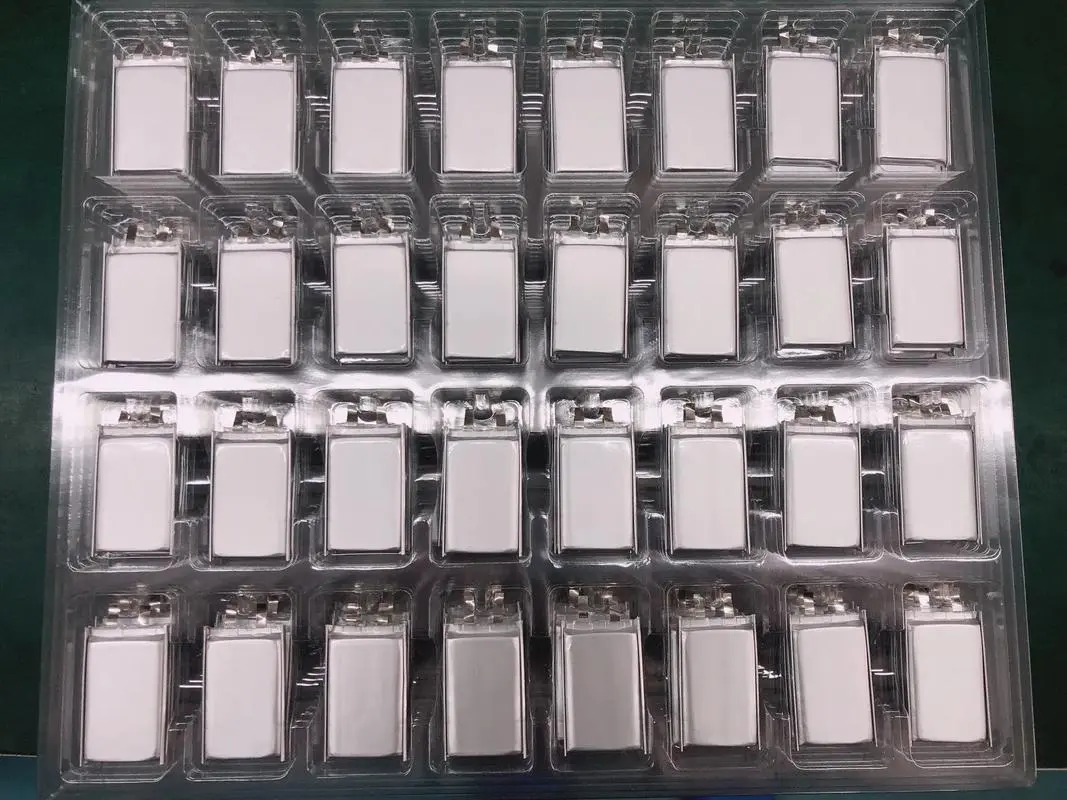 |
Welcome To Evlithium Best Store For Lithium Iron Phosphate (LiFePO4) Battery |
 |

3.7-volt rechargeable batteries are widely used across a range of applications, from consumer electronics to industrial equipment. These versatile batteries, often designed with lithium-ion (Li-ion) or lithium polymer (LiPo) technology, offer excellent energy density, lightweight design, and long cycle life, making them ideal for devices requiring a reliable, rechargeable power source. In this guide, we explore the unique attributes of these batteries, their types, uses, safety measures, and how they compare to other battery types.
A 3.7-volt rechargeable battery typically relies on lithium chemistry, where a single lithium-ion cell produces a nominal voltage of around 3.6 to 3.7 volts. This voltage is derived from the electrochemical properties of lithium-ion technology, providing a stable, high-capacity solution for a wide variety of applications. Such batteries commonly power devices like smartphones, power banks, drones, cameras, and other gadgets that require a lightweight and energy-dense power source.
3.7-volt batteries provide an excellent energy-to-weight ratio, meaning they store a substantial amount of power relative to their size. This characteristic is a crucial advantage for portable electronics and applications where minimizing weight is essential.
With proper maintenance, these batteries can support hundreds to thousands of charge and discharge cycles, translating to years of use. The life cycle of these batteries largely depends on their quality, the type of application, and adherence to recommended charging practices.
Unlike traditional batteries, lithium-based 3.7-volt batteries maintain a relatively stable voltage throughout their discharge cycle. This stability is beneficial for devices that rely on a consistent power supply.
Compared to other rechargeable batteries, lithium-ion batteries have a very low self-discharge rate, typically losing around 2-3% of charge per month when not in use. This feature makes them highly efficient for standby applications.
Structure and Chemistry: Li-ion batteries consist of a positive electrode (usually lithium cobalt oxide or similar materials), a negative electrode, and an electrolyte that facilitates ion flow between the electrodes.
Application: Li-ion batteries are common in electronics like laptops, smartphones, and cameras due to their balance of energy density and safety.
Structure and Chemistry: LiPo batteries use a polymer electrolyte instead of a liquid electrolyte, allowing for thinner designs. They also generally have a soft pouch casing rather than a rigid cylinder, enabling flexible, custom shapes.
Application: LiPo batteries are favored for applications like drones, wearables, and certain medical devices due to their lightweight and customizable form factors.
| Feature | Li-ion | LiPo |
|---|---|---|
| Energy Density | Higher than LiPo | Slightly lower |
| Flexibility | Limited due to rigid casing | Very high due to soft casing |
| Cost | Generally less expensive | More costly |
| Safety | Stable, prone to thermal runaway | More stable but can swell |
To maximize the lifespan and performance of 3.7-volt batteries, following safe charging protocols is essential.
While NiMH batteries are also rechargeable and commonly found in applications like digital cameras and older cordless phones, they generally have a lower energy density and higher self-discharge rate compared to lithium-ion batteries. Li-ion batteries also tend to have a longer lifespan and lower maintenance requirements.
Lead-acid batteries are well-suited for high-power applications and offer lower initial costs, but they are heavy, have lower energy density, and require more maintenance. Lithium-ion batteries, by contrast, are lighter, offer a higher energy-to-weight ratio, and are better suited for portable applications.
| Feature | 3.7V Lithium-ion | NiMH | Lead-Acid |
|---|---|---|---|
| Energy Density | High | Medium | Low |
| Weight | Lightweight | Moderate | Heavy |
| Maintenance | Low | Moderate | High |
| Application | Portable electronics | Cameras, Toys | Cars, UPS systems |
As the demand for higher performance batteries continues to rise, researchers are focusing on improving the energy density, safety, and environmental impact of lithium-based batteries. Developments in solid-state battery technology, advanced electrolytes, and enhanced battery management systems (BMS) show promise for extending the cycle life, stability, and energy output of 3.7-volt batteries.
3.7-volt rechargeable batteries, whether in the form of Li-ion or LiPo, offer a powerful, versatile, and efficient power solution for modern devices. By understanding their characteristics, proper usage, and safety protocols, users can maximize the performance and lifespan of these batteries. As advancements in battery technology continue, we can expect even more reliable and efficient 3.7-volt solutions to emerge, powering the next generation of portable and high-tech applications.
Edit by paco
All Rights reserved © 2025 Evlithium Limited